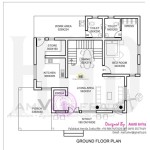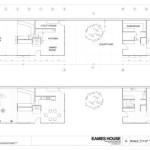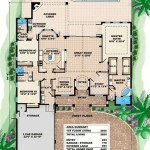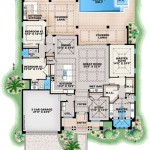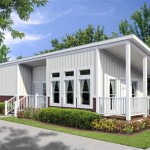Site Plan of My House: Essential Aspects to Consider
A well-planned site plan is crucial for creating a functional and visually appealing outdoor space that complements your home. Here are some essential aspects to consider when designing the site plan of your house:
### 1. House Placement and OrientationThe placement and orientation of your house on the property significantly impact sunlight, privacy, and overall aesthetics. Consider factors such as the sun's path, prevailing winds, and views when determining the best location for your house.
### 2. Driveway and ParkingThe driveway should provide convenient access to the house while minimizing space占用. Consider the number of vehicles that will be using the driveway and ensure there is adequate space for maneuvering and parking.
### 3. Walkways and PatiosWalkways and patios connect different areas of your outdoor space and provide opportunities for relaxation and entertainment. Plan walkways that are wide enough for comfortable movement and patios that offer ample space for seating and activities.
### 4. LandscapingLandscaping not only enhances the aesthetics of your property but also provides privacy, shade, and drainage. Choose trees, shrubs, and flowers that complement the architecture of your house and maintain a balanced and cohesive look.
### 5. Outdoor LightingProper outdoor lighting ensures safety, security, and enhances the ambiance of your outdoor space. Consider a combination of ambient, task, and accent lighting to create a welcoming and functional environment.
### 6. Drainage and Water ManagementEffective drainage is essential to prevent water damage to your house and outdoor structures. Implement proper grading, drainage channels, or a French drain system to control stormwater runoff.
### 7. Privacy and SecurityConsider fencing, hedges, or other privacy measures to create a sense of enclosure and security. Strategic placement of trees and shrubs can also enhance privacy while maintaining a natural aesthetic.
### 8. Utilities and InfrastructurePlan for the placement of utilities such as water lines, sewer connections, and electrical lines. Ensure they are easily accessible for maintenance and repairs while minimizing visual impact.
### 9. Existing Site ConditionsThoroughly analyze the existing site conditions, including topography, soil type, and vegetation. This information will influence the design and construction of your site plan, ensuring it is compatible with the natural environment.
### 10. Budget and MaintenanceConsider the overall budget for your site plan and the ongoing maintenance costs for landscaping, lighting, and other features. Choose materials and designs that are both aesthetically pleasing and low-maintenance.
By considering these essential aspects, you can create a site plan that enhances the functionality, aesthetics, and enjoyment of your outdoor space. Consult with a qualified professional, such as a landscape architect or contractor, to ensure your site plan is tailored to your specific needs and the unique characteristics of your property.
Site Plans What They Are And How To Create One

House Plans How To Design Your Home Plan

House Plans How To Design Your Home Plan

House Plans How To Design Your Home Plan

House Plans How To Design Your Home Plan

Floor Plans Types Symbols Examples

Home Project Series Site Plan

House Plans How To Design Your Home Plan

House Plans How To Design Your Home Plan

9 Ways To Find Floor Plans Of An Existing House Blueprints Archid




